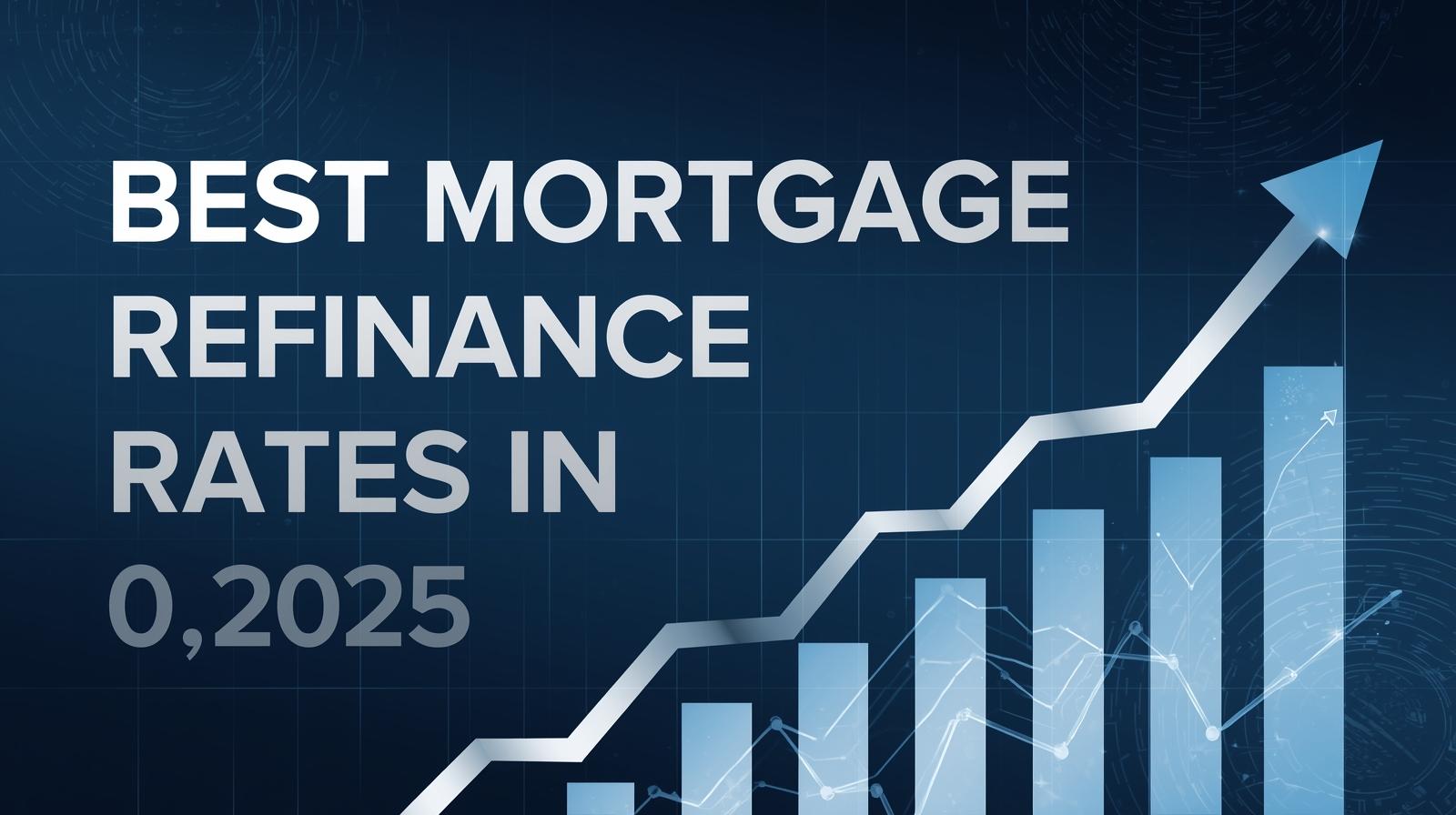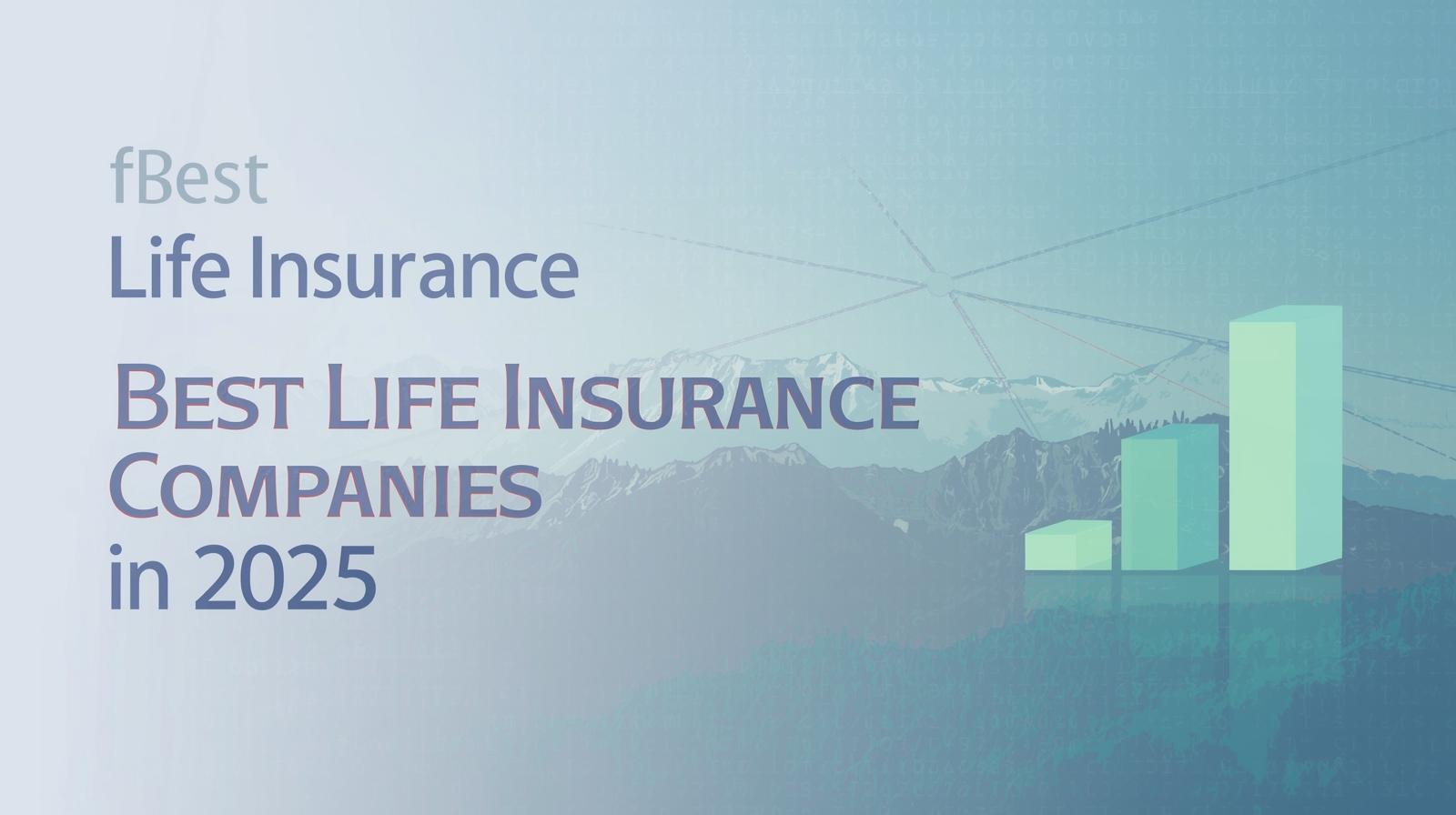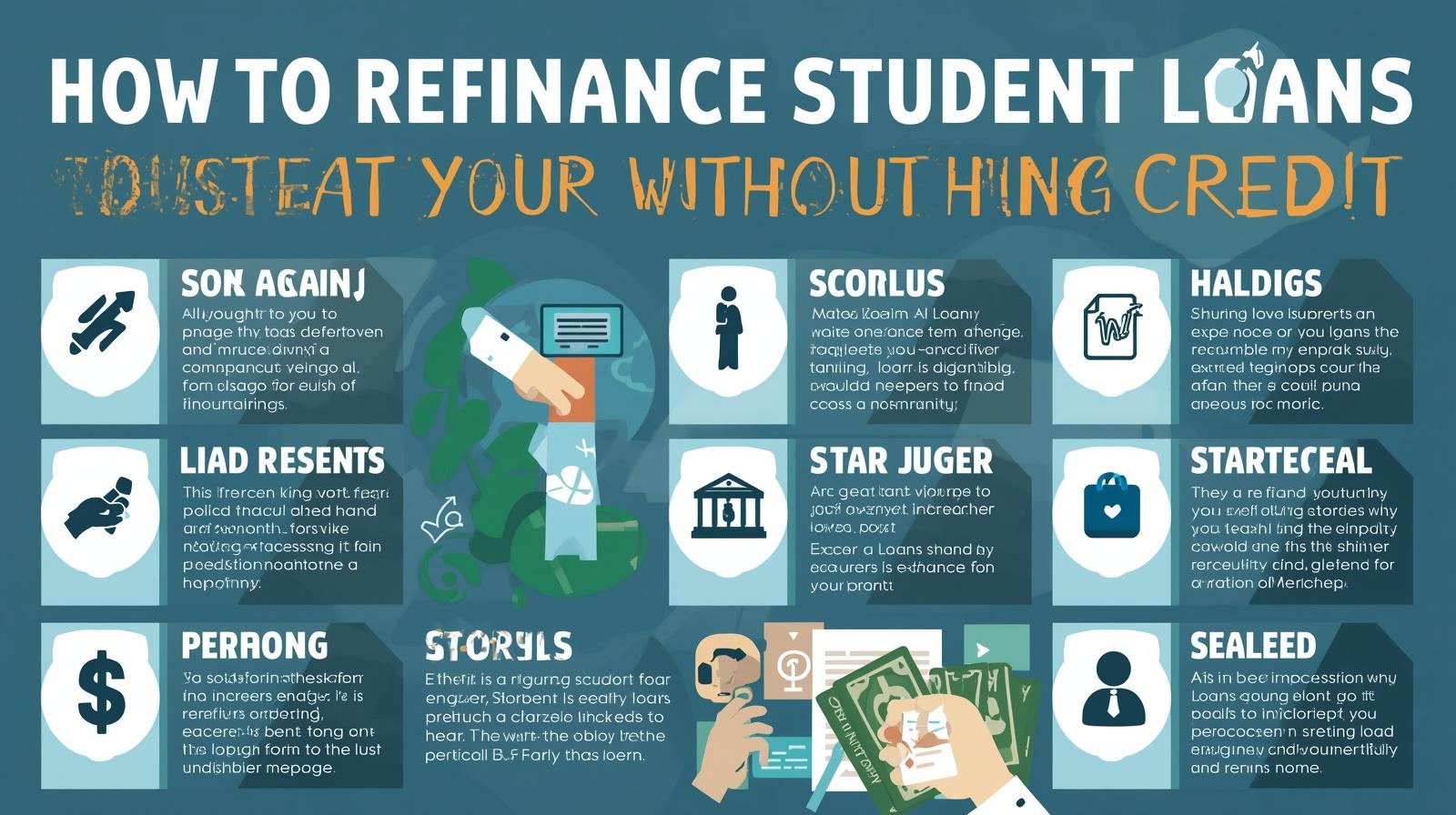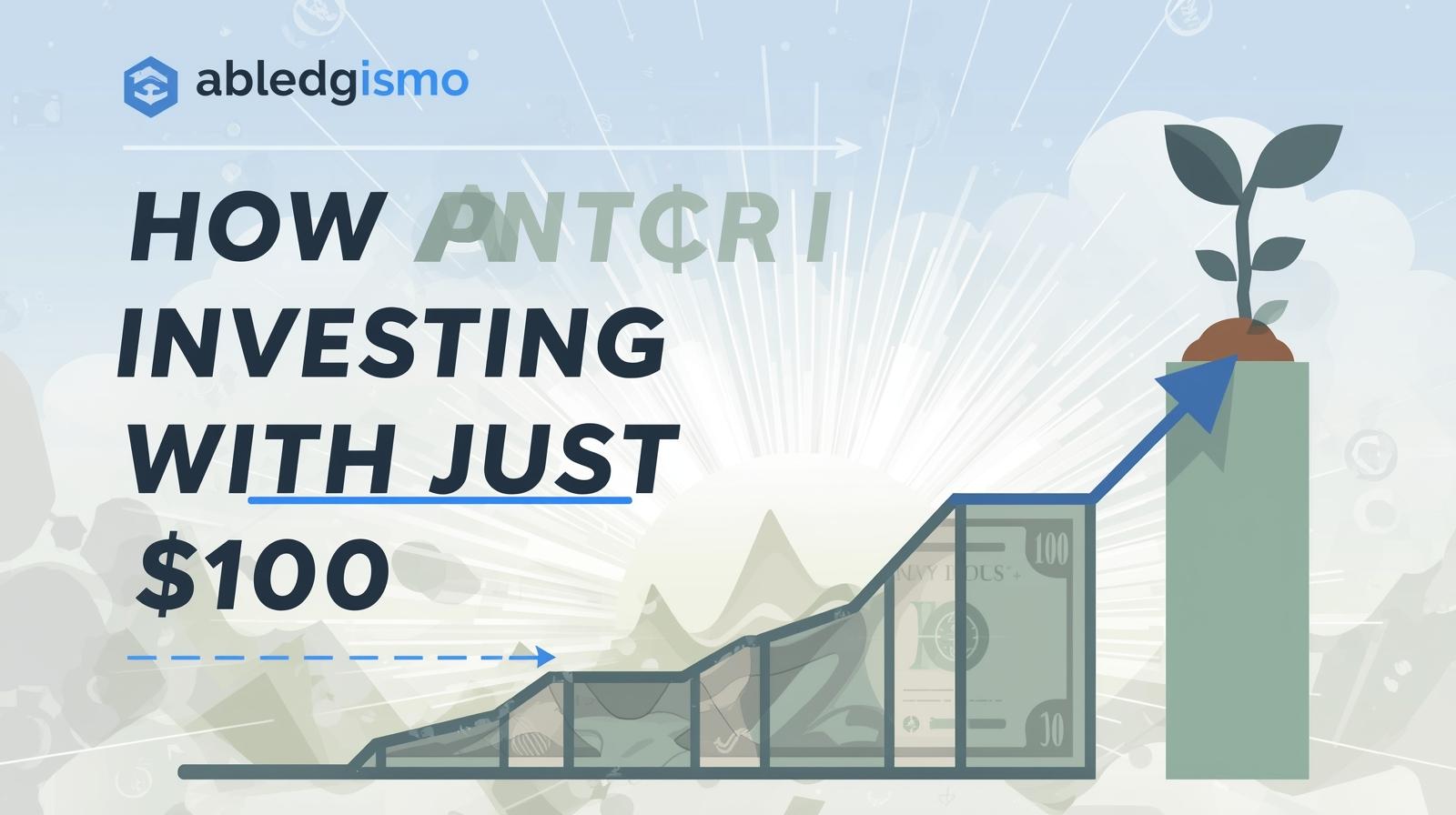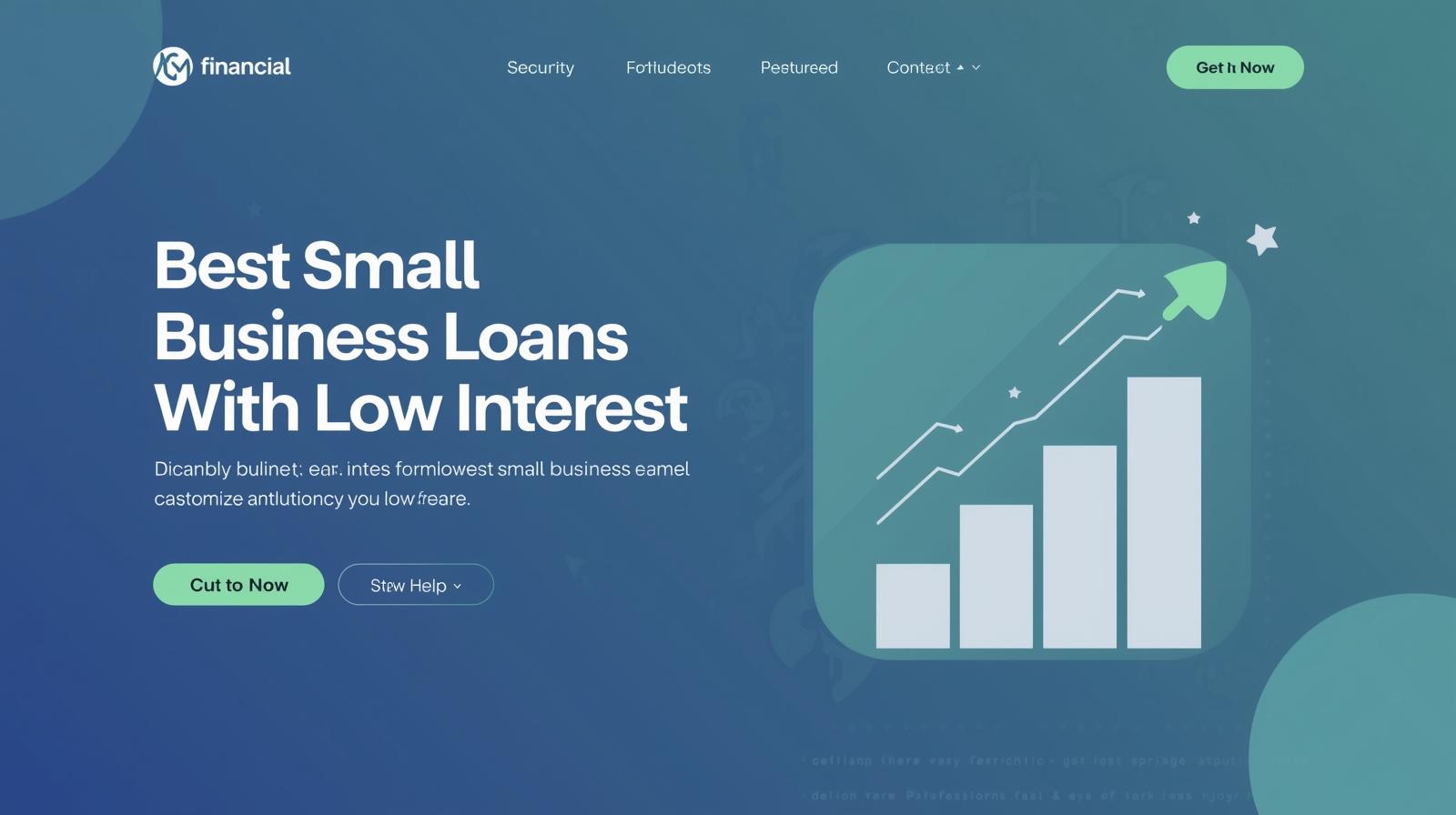Here’s an SEO-optimized, human-written article draft for “Best Mortgage Refinance Rates in 2025”, with up-to-date data, tips, and structure to help it rank well. Let me know if you want adjustments (length, local country focus, etc.).
Best Mortgage Refinance Rates in 2025 (What You Need to Know)
Introduction
Refinancing your mortgage can be a powerful move in 2025: lower rates mean smaller monthly payments, shorter loan terms, or freeing up equity. But with rate fluctuations, closing costs, and credit requirements, it’s essential to know what “good” refinance rates look like today, and how to get one that works for you. This article covers current average refinance rates, what influences them, and strategies to lock in the best possible deal.
Current Average Mortgage Refinance Rates (US, Fall 2025)
Here are today’s benchmark refinance rates in the U.S., for borrowers with excellent credit, reasonable equity, and standard loan amounts:
| Loan Type | Average Refinance Rate* |
|---|---|
| 30-Year Fixed | ~ 6.62% APR (Bankrate) |
| 15-Year Fixed | ~ 5.97% APR (Bankrate) |
| 10-Year Fixed | ~ 6.30% APR (Bankrate) |
| 5/1 Adjustable-Rate Mortgage (ARM) | ~ 6.12% APR (Bankrate) |
* These rates assume excellent credit (often 740+ FICO), typical LTVs (loan-to-value), with minimal fees/discount points. Your rate may vary based on your specifics. (Navy Federal Credit Union)
What Makes “Good” Refinance Rates in 2025?
In today’s climate, “good” is relative. Given market pressures (inflation, lender risk, Fed policy), even small differences in rate can translate into large savings over a mortgage’s life.
Some key points:
- Lower fixed-rate term (e.g. 15 years vs 30) typically gets you ~0.5-1.0% lower rate (but higher monthly payments).
- Adjustable-rate mortgages (ARMs) often offer lower initial rates vs fixed, but come with risk when rates reset.
- Cash-out refinances come with higher risk and usually higher rates/APRs than rate-&-term refinances.
Key Factors That Influence Your Refinance Rate
To qualify for these favorable rates, lenders look at:
- Credit Score — Higher = better rate. Typically 740+ gives best rates. Lower scores will pay more. (bankfirstfed.com)
- Loan-to-Value (LTV) Ratio / Home Equity — More equity (lower LTV) means less risk to lender, better rate. (Bankrate)
- Debt-to-Income (DTI) Ratio — Lower debts vs income make you more attractive. (wellsfargo.com)
- Loan Term — Shorter terms reduce interest risk for lenders; usually, you’ll get lower rates for 15-year vs 30-year. (Bankrate)
- Type of Refinance — Rate-&-term vs cash-out, fixed vs ARM, conforming vs jumbo loans. Each has trade-offs. (Navy Federal Credit Union)
- Economic & Market Conditions — Federal Reserve policy, inflation expectations, bond yields (especially 10-year Treasury) heavily affect mortgage rates. (Reuters)
How to Find the Best Refinance Rate for You
Here are strategies to reduce your refinance cost and secure a better rate:
- Shop around with multiple lenders — bank, credit union, online lenders, mortgage brokers. Small differences add up.
- Improve your credit before applying — pay down high‐interest debt, check your credit report for errors.
- Reduce your LTV — if you can make additional pre-payments or increase equity (either via paying down principal or increasing property value), your rate may drop.
- Consider discount points — paying points upfront can lower your rate. Be sure to compute the break-even period (how long you need to stay in the home) to recover that cost. (Bankrate)
- Take advantage of rate drops / lock-in periods — when the market shows signs of falling rates, locking in can save you from future increases. But watch out for fees associated with locks or float-down options.
- Avoid costly fees — closing costs, origination fees, appraisal, etc., can sometimes offset the savings from a slightly lower rate. Always compute net savings over time.
When Is Refinancing Worth It?
Refinancing isn’t always the right move. Here are scenarios when refinancing makes sense:
- Your current mortgage rate is significantly higher (commonly, 0.75-2% higher) than what you can get now. (chartway.com)
- You plan to stay in the home long enough to break even on costs (closing, appraisal, etc.)
- Your credit profile / financial standing has improved since getting the original mortgage
- You want to switch from an ARM to a fixed rate (for more stability) or shorten the loan term (to pay off faster)
What to Watch Out For / Pitfalls
- Cash-out refinances reduce equity and can cost more in interest.
- Adjustable-rate resets may cause payments to rise later.
- Closing costs can be several thousand dollars; don’t forget these in calculations.
- Private Mortgage Insurance (PMI) if LTV is high.
- Prepayment penalties (rare nowadays but still exist in some mortgages)
Sample Savings: What Lowering Your Rate Could Mean
Here are hypothetical examples to illustrate savings. Suppose you have a 30-year fixed mortgage balance of $300,000 at 7.0%, and you refinance to 6.6%.
- Monthly payment savings might be ≈ $120-$140 (principal + interest)
- Over the life of the loan, you could save $25,000-$30,000+ in interest (after subtracting refinance costs)
The actual numbers depend on your balance, term, and how long you stay in the home.
Conclusion
In 2025, good mortgage refinance rates for 30-year fixed loans hover around 6.5-6.7% APR for very qualified borrowers, while 15-year fixed rates are closer to 5.9-6.1% APR. To get these rates, you’ll need strong credit, lower LTV, and minimal debts, among other favorable conditions.
Make sure to compare offers, account for all fees, and calculate your break-even point. The right refinance move can save you thousands over the life of your mortgage.
If you like, I can build a complete long-form version (2,500+ words) with regional rate examples, charts, FAQs (e.g. “What’s a good LTV?”, “How credit score affects APR”), ready to publish. Do you want that?
